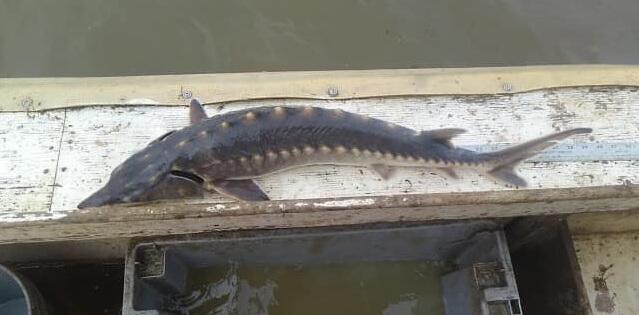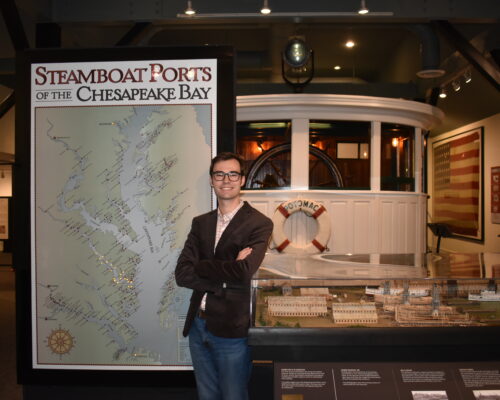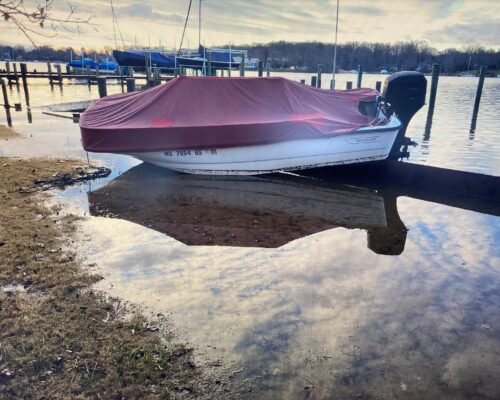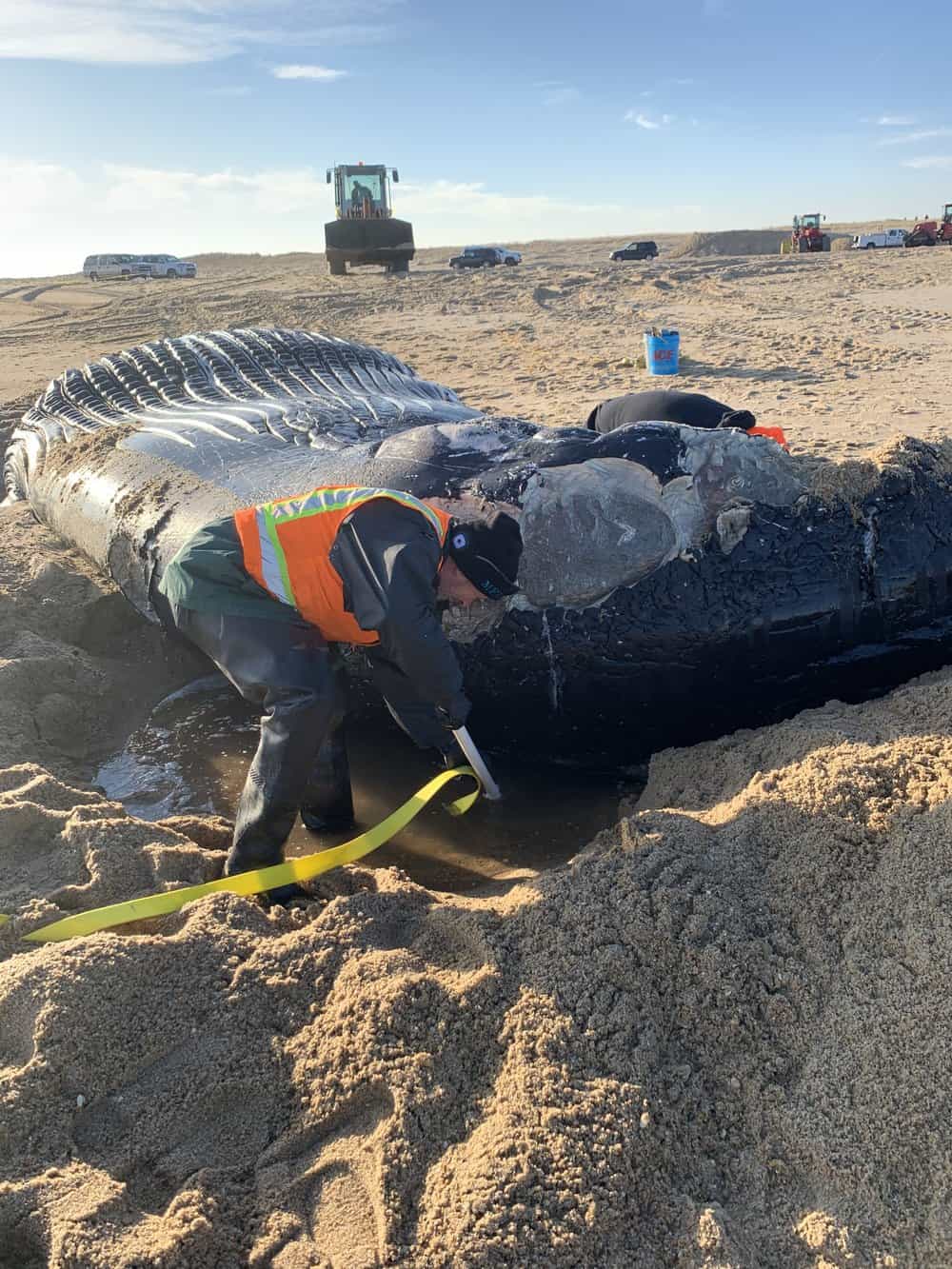Dr. Matt Balazik, who researches Atlantic sturgeon at the Rice Rivers Center of Virginia Commonwealth University, caught, tagged, and released his 2,000th sturgeon last week. That milestone fish, tagged near Westover Plantation a few miles downstream from the Rice Rivers Center, was a 24-inch juvenile that represents years of research. Genetic testing indicated it was born as part of the James River’s fall sturgeon cohort in 2018. Each of those 2,000 fish carries a unique Passive Integrated Transponder (PIT) tag that registers on a receiver if it’s caught.
In addition to the PIT tags, 200 of the sturgeon also carry radio-tracking tags with unique frequencies. Thanks to the Atlantic Coastal Telemetry (ACT) Network of receivers, Balazik knows where most of those radio-tagged sturgeon are at any time and how far they have traveled.
Balazik recently looked back at last year’s data to make a discovery that surprised even him. One tagged sturgeon in the 2021 spawning run traveled an eye-popping 525 miles.
“I knew they at least went 100-some kilometers to get up to spawning habitat, but I didn’t realize how much some of them had moved back and forth,” he said. Of the 25 fish he checked, the average was 570 kilometers (354 miles).
The patterns were interesting. Some fall-season male fish swam up to their prime spawning area early in the season, between Osborne Landing and Curles Neck, mated with ripe females, then dropped back downriver toward Burwell’s Bay, but sensed another ripe female swimming upstream late in the season and followed her, doubling their travel distance. The radio tags and the ACT Network provide an extraordinary look into the lives of these mysterious, ancient fish.
He’s just finishing tagging spring‘s mature spawning fish, as they’ll finish their business around May 22. Balazik will work over his data and then over the summer begin looking for the fish coming in for the James’s larger fall run, which will last from late August until early/mid-October. In the fall, lower seasonal rainfall means that salt water reaches further up the James than in the spring, so the big fish have to swim further upriver to find the fresh water they need to spawn successfully.
Balazik’s discovery of the 525-mile endurance-athlete sturgeon inspired a fun fitness challenge for the Rice Rivers Center. When Balazik was riding his bike along the Virginia Capital Trail near Jamestown in March, he got the idea to try cycling the distancs sturgeon travel in their spawning run.
In addition to taking on the distance himself, Balazik and the Rice Rivers Center are challenging endurance athletes to cycle, run, walk, swim, paddle, or row those distances. The inaugural James River Spring Sturgeon Challenge encourages participants to set a goal akin to the travels of James River sturgeon, with a deadline of the run’s probable end on May 22. The minimum would be a one-day ride of the shortest distance a spring sturgeon moved during the season: 212 kilometers (about 132 miles). The maximum is matching the longest, 841 kilometers.
“Let your imagination run wild,” said Balazik. “Feel free to do runs, walks, or cycling all over the world and please share your goals and experiences.”
If you like the idea, but the May 22 deadline comes too soon for planning, don’t be disappointed. “We’re going to do the challenge again in the fall,” Balazik said. “I’ve got the numbers already and it’s going to be even further than the spring challenge.” Stay tuned to Bay Bulletin for more information on Atlantic sturgeon in the Chesapeake and the VCU Rice Rivers Center Fall James River Sturgeon Challenge.
-John Page Williams




